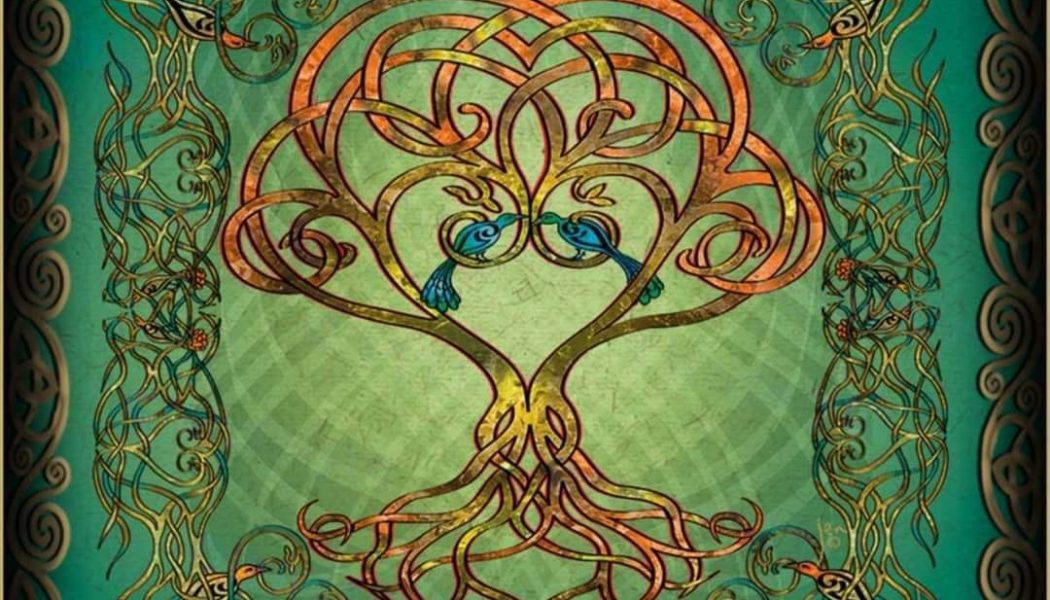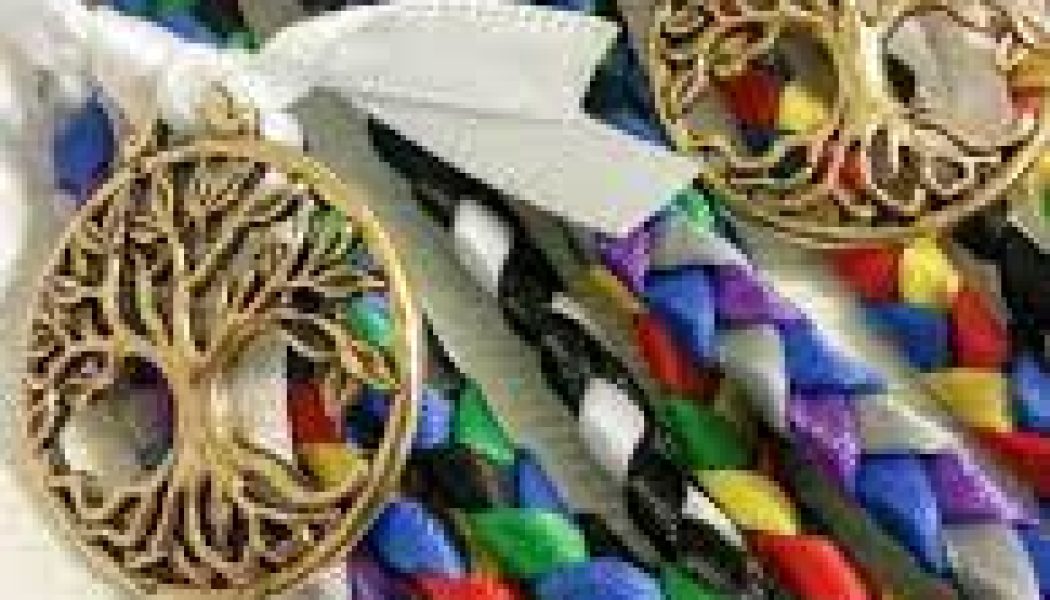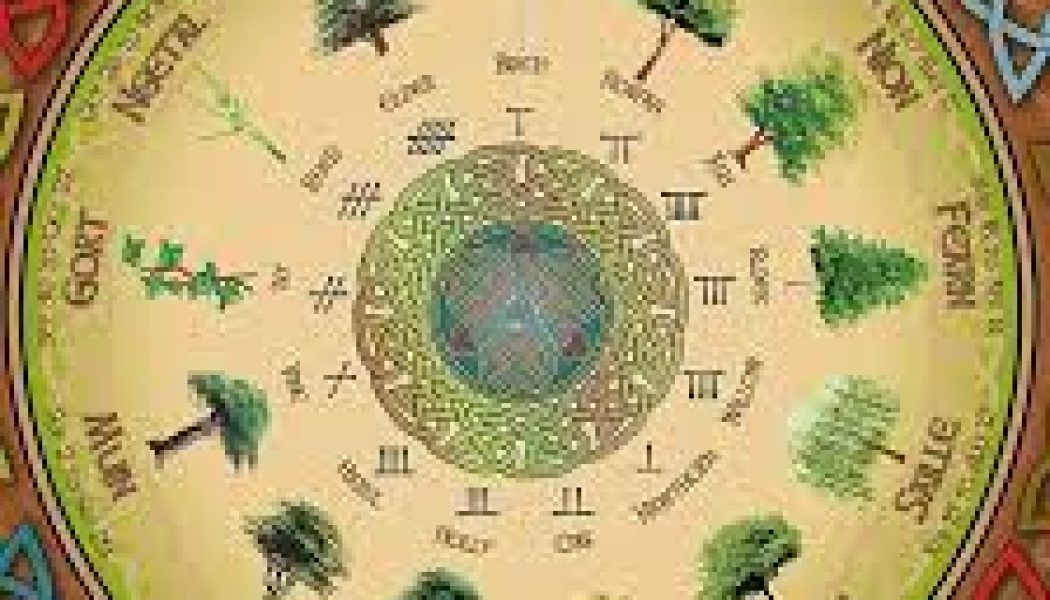Celtic Magick
The Celtic Traditions of Winter Solstice
In Celtic tradition winter is ruled over by the Holly King, and the Oak King, or Green Man, rules over the summer. In medieval times the Holly King was represented by a boy who walked around the town ...
Celtic Six Cord Handfasting Ritual
Know that before you go further since your lives have crossed in this life, you have formed ties between each other. As you seek to enter into this state of matrimony, you should strive to make real t...
The Celtic Tree Calendar
The Celtic Tree Calendar is a controversial subject. It is a calendar which contains 13 lunar divisions (or months), each one associated with and ruled over by a specific tree. Each tree has a Celtic ...
Celtic Herb Lore
Celtic Herbs: Anemone Latin: Anemone Pulsatilla Scottish Gaelic: Bainne Bo Bliatain Other Names: Wood Crowfoot, Smell Fox, Flawflower, Passover Flower Medicinal Uses: Effective against disorders of th...







